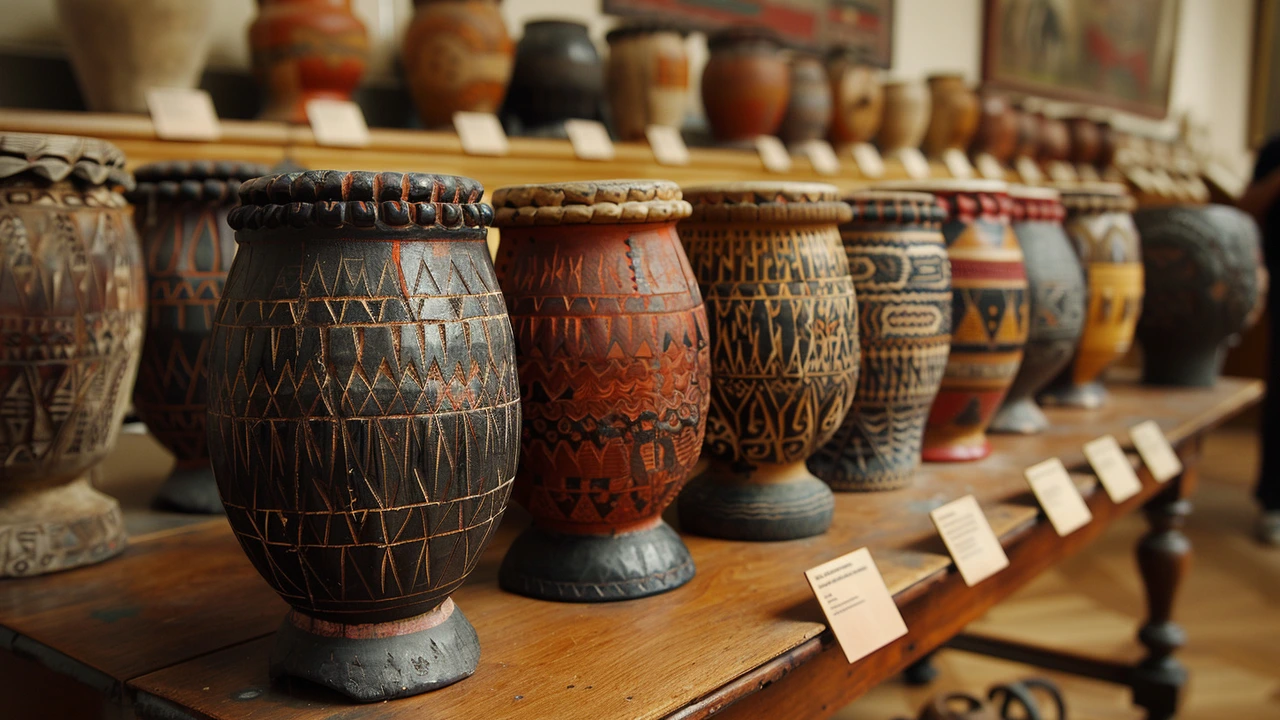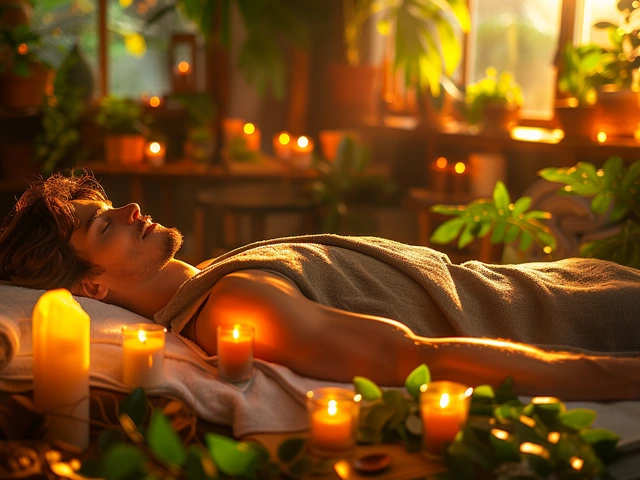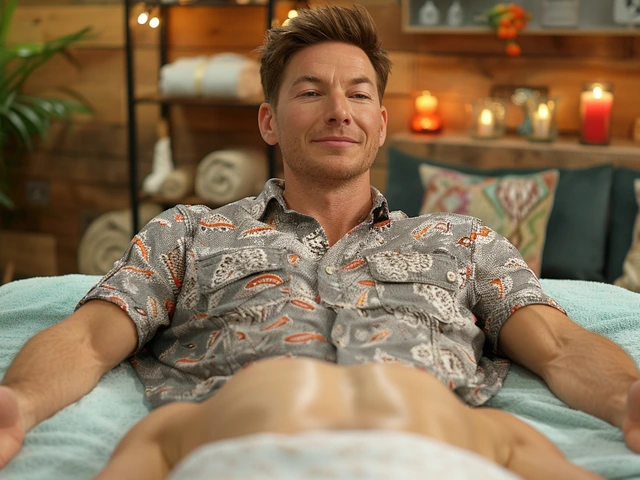Traditional tool guide: hot stones, herbal compresses, acupressure and more
Ever notice how one small tool can change a whole massage? Whether it’s a warm stone that melts tight shoulders or a herbal compress that clears sinus pressure, traditional tools are simple and powerful. This page shows the common tools you’ll meet at a spa or clinic, what they do, and how to use them safely.
Hot stones — used in stone therapy and warm stone massage — deliver steady heat into muscles. Heat increases blood flow, eases tightness, and helps hands reach deeper without more pressure. If you try hot stones, tell the therapist about heat sensitivity, circulation problems, or medication that affects skin. A good therapist checks stone temperature and keeps communication open during the session.
Herbal compresses and poultices show up in traditions like Thai, Hilot, and some Hawaiian practices. They combine steam and herbs to reduce inflammation and calm muscles. These feel soothing and can cut through soreness around joints. If you have allergies, ask what’s inside the compress before it touches your skin.
Hands-free tools people actually use
Simple handheld tools—wooden rollers, gua sha stones, and bamboo sticks—help therapists work longer without wearing out their thumbs. Gua sha and scraping techniques can lift tension and improve range of motion when done correctly. Snail mucin isn’t a tool you’d feel like a stone, but it’s a trending aid in facial massage for hydration and glide; expect a smoother glide and gentle pressure, not aggressive rubbing.
Cupping and suction tools are common in many traditional systems, even if you don’t see them in every spa. They can leave circular marks but often reduce tightness and improve local circulation. Make sure cups are applied by someone trained—wrong use can bruise or irritate skin.
Pick the right tool for your need
Match the tool to the goal. Want relaxation and sleep help? Warm stones or a Lomi Lomi-style flow can calm the nervous system. Need pain relief or movement gain? Trigger point work, acupressure, or a targeted gua sha session often works better. For chronic stiffness, gentle structural work like Rolfing or Ortho-Bionomy uses touch and positioning more than devices.
Ask about cleanliness and training. Tools that touch skin should be cleaned or covered. Therapists should explain why they pick a tool and what to expect during and after the session. If something hurts in a sharp way, speak up—good pressure feels like steady work, not sharp pain.
Want to try tools at home? Start small. A warm towel, a smooth river stone from a craft store, or learning a few acupressure points for headaches can make a big difference without risks. Learn from a pro first, then practice gently.
Traditional tools are practical helpers, not magic. Used well, they speed relief, boost relaxation, and make sessions more effective. Used poorly, they can irritate or disappoint. Know your goal, ask questions, and pick a therapist who explains their tools plainly.

Rungu: The Multi-purpose African Weapon – History, Uses, and Significance
Dive into the fascinating world of the rungu, a traditional African weapon that has stood the test of time. This article explores its origins, its various uses throughout history, and its symbolism in African societies. We'll uncover how the rungu has been more than just a weapon – serving as a tool, a symbol of authority, and a cultural artifact. By understanding the multifaceted roles of the rungu, we gain insights into African heritage and the ingenuity behind this remarkable object.
Categories
- Health and Wellness (148)
- Alternative Therapies (86)
- Massage Therapy (40)
- Travel and Culture (15)
- Beauty and Skincare (9)
- Holistic Health (8)
- Health and Fitness (5)
- Spirituality (5)
- Other (2)
- Personal Development (2)



